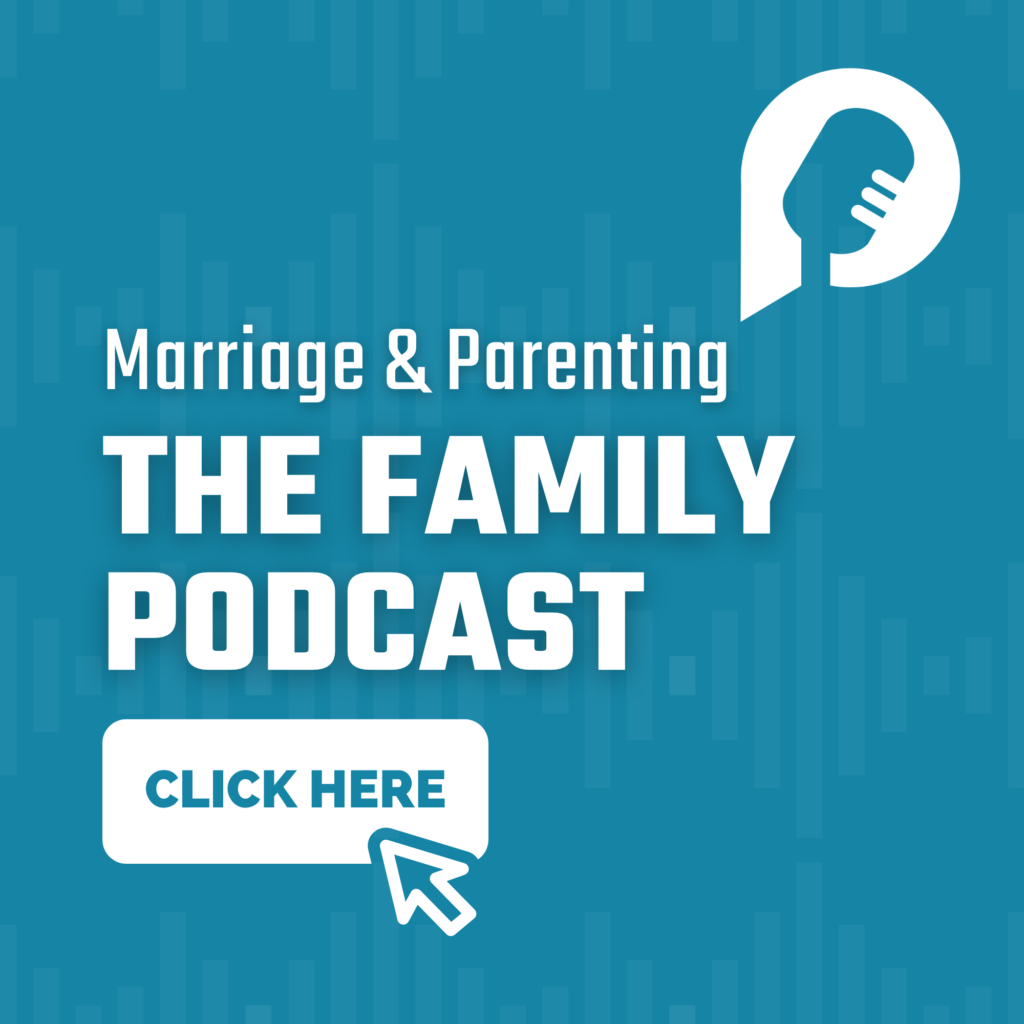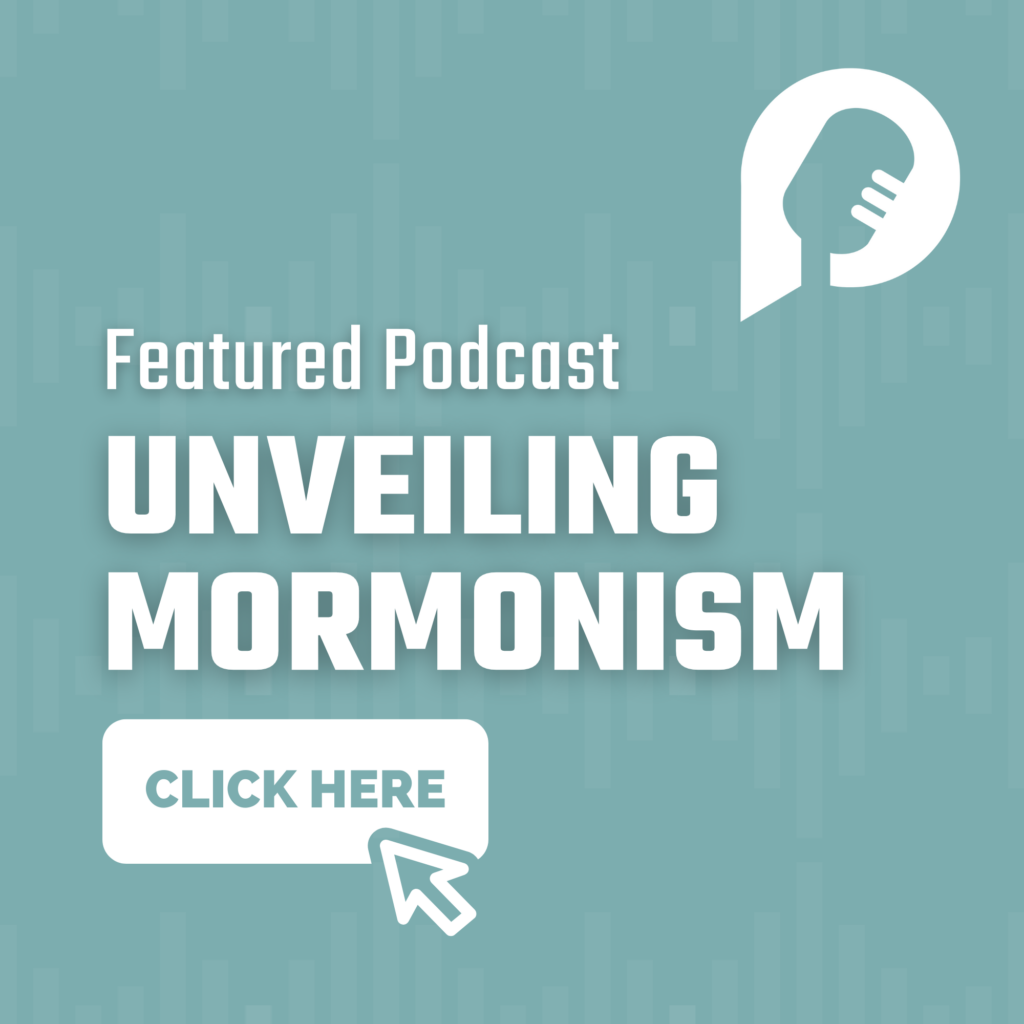Grief is an intense emotional suffering caused by personal loss. It involves acute sorrow, deep sadness, suffering, pain, and anguish. Bereavement can be defined more specifically as the grief that follows the death of a loved one.
Bereavement is a difficult time. The bereaved person will often feel that his or her experience is unique, that no one has ever endured such a loss or suffered as he or she is suffering. There are cycles of healing to the pattern of grief, which permit the sorrowing person to recover in due time. For some, however, complete recovery never comes.
The cycle of healing from grief usually proceeds as follows:
1. The initial shock of death: that intense emotional impact which sometimes leaves a person with a seeming paralysis.
2. Emotional release: a time characterized by weeping.
3. Loneliness and depression: a sense of loss, often related to the degree of dependence on the deceased.
4. Guilt: a feeling of guilt characterized by second-guessing: “I could have done more,” or, “I should have done something differently.”
5. Anger, hostility: “Why did God do this to me?”
6. Inertia: Listlessness: “I can’t get on with it,”or, “I couldn’t care less.”
7. A gradual return to hope: “Life will go on.” “I will be able to cope.” “God will help me get over this.”
8. The return to reality and normality: admitting the loss and adjusting to it.
We must remember, however, that grief is not predictable nor can it be catalogued. Sometimes the stages of grief will seem to merge and overlap. The bereaved may feel release from a certain “phase” of suffering, only to have it return.
Discussion Questions:
- How do you define grief?
- Why is it important to understand the cycle of healing from grief?
- For each step in the cycle, discuss the most helpful thing a friend could do.
- Write a personal action step based on this conversation.






